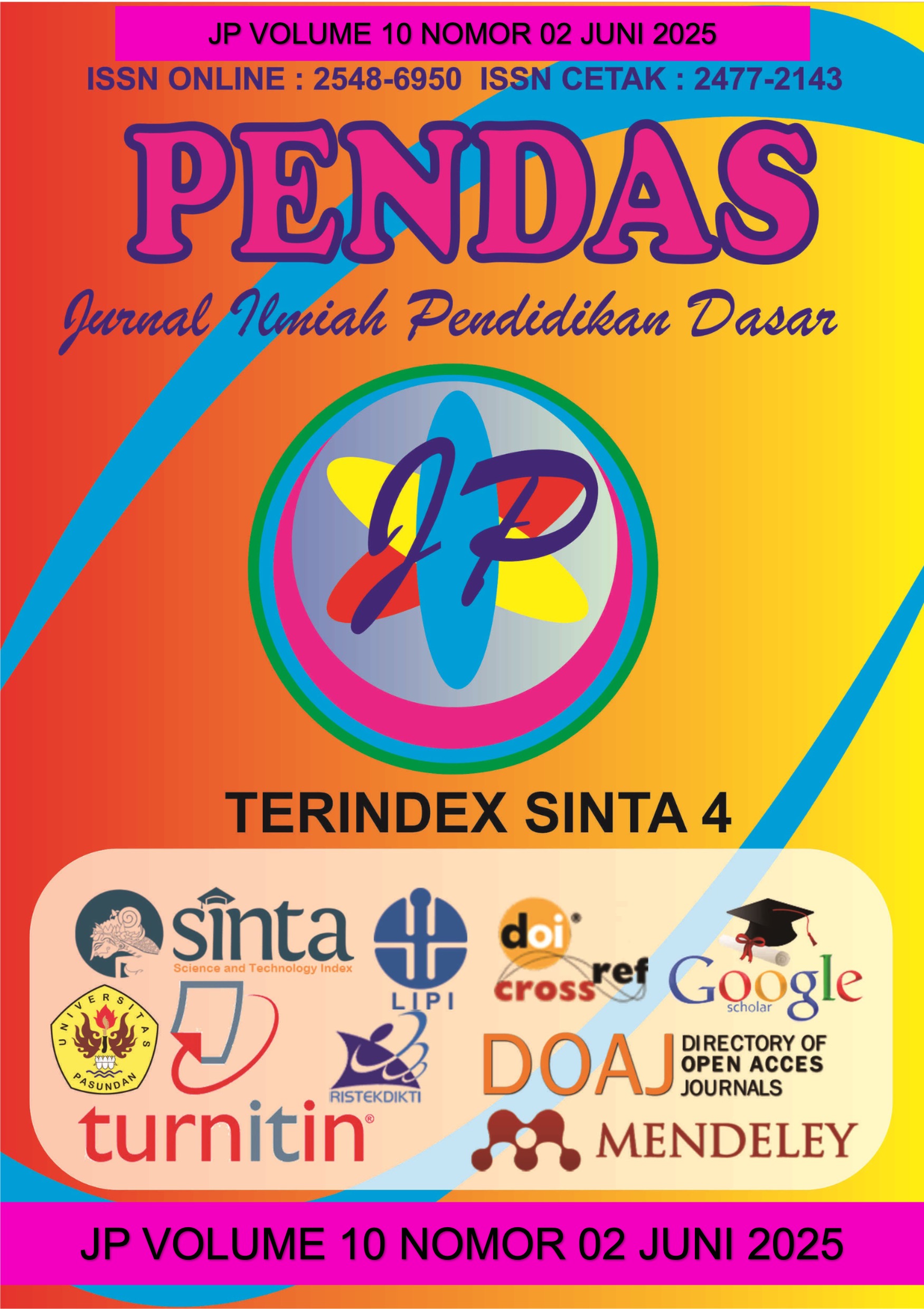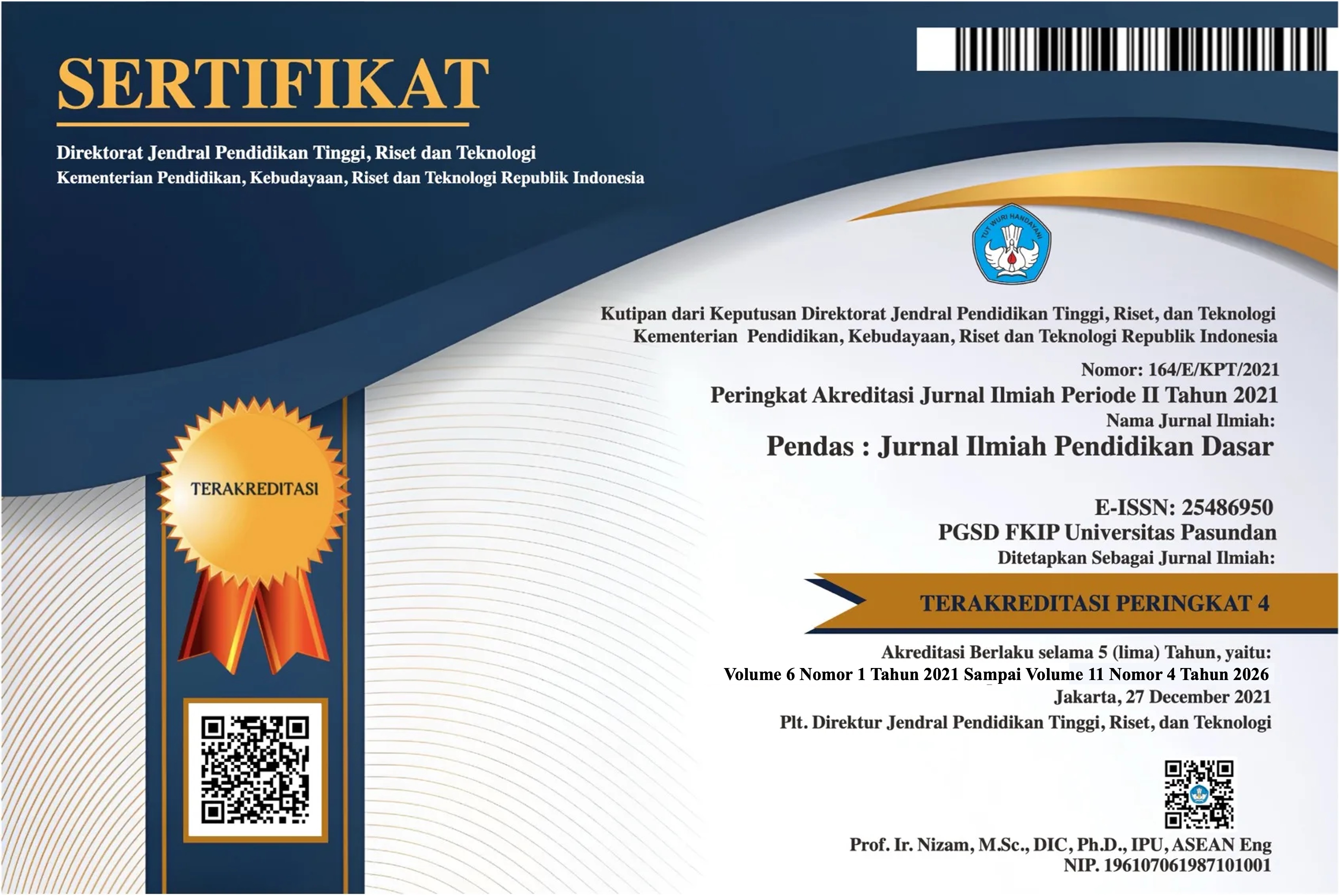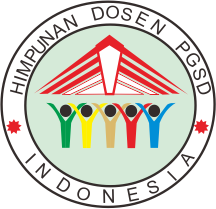PENGARUH PENGGUNAAN MODEL PEMBELAJARAN PROBLEM SOLVING TERHADAP KEMAMPUAN MENYELESAIKAN SOAL HIGHER ORDER THINKING SKILLS (HOTS) PADA MATA PELAJARAN IPAS KELAS V SEKOLAH DASAR
DOI:
https://doi.org/10.23969/jp.v10i02.23275Keywords:
problem solving learning model, HOTS questions, elementary schoolAbstract
This study aims to determine the influence of the problem solving model on the ability of fifth grade students in elementary schools to solve HOTS questions in the subject of science on magnetism, electricity, and technology for life. The problem solving model is a learning model that invites students to actively participate in learning activities. This study was conducted using a quantitative method with an experimental research type. The research design used Quasi Experimental Design with a one group test method. The subjects of the study were all fifth grade students of SDN 30/I Pulau Betung. The collection of research data was obtained through tests before treatment (pre-test) and after treatment (post-test). The data that had been collected was then analyzed using a paired sample t-test. The results of the study showed that the problem solving learning model had an effect on the ability to solve HOTS questions in students. With the results of the test before treatment (pre-test) obtaining an average score of 37.60, and the test after treatment (post-test) obtaining an average score of 72.20. This proves that there is an increase in students' ability to solve HOTS questions by using the problem solving learning model in science subjects. From the research results, it can be concluded that the use of the problem solving learning model has an impact on students' ability to solve HOTS questions in the science subject in grade V at SDN 30/I Pulau Betung.
Downloads
References
Divani, S. P., Syahrial, & Khoirunnisa. (2023). Analisis Kemampuan TPACK Guru Kelas dalam Menyusun Rencana Pelaksanaan Pembelajaran Berbasis HOTS di Sekolah Dasar. Jurnal Tonggak Pendidikan Dasar, 2(2), 125–134.
Fazliani, B., Maryono, M., & Khoirunnisa, K. (2024). Strategi Guru dalam Mengembangkan Keterampilan Berbicara Peserta Didik pada Pembelajaran IPAS Kelas V Di Sekolah Dasar. Jurnal Tunas Pendidikan, 6(2), 578–587. https://doi.org/10.52060/pgsd.v6i2.1459
Halimatussakdiah, Yantoro, Y., & Sholeh, M. (2024). Implementasi Strategi Pembelajaran Berdiferensiasi Pada Pembelajaran Ipas Di Sekolah Dasar. Jurnal Muara Pendidikan, 9(1), 32–40. https://doi.org/10.52060/mp.v9i1.1947
Maesari, C., Marta, R., & Y. (2020). Penerapan Model Pembelajaran Problem Solving untuk Meningkatkan Kemampuan Pemecahan Masalah Matematika Siswa Sekolah Dasar. Jurnal Pendidikan Dan Konseling, 2(1) 12-20.
Qiftiyah, M. (2023). Muatan HOTS pada Pembelajaran Tematik Materi IPA Kelas 5 Sekolah Dasar. Scholaria: Jurnal Pendidikan Dan Kebudayaan, 13(1), 28–38. https://doi.org/10.24246/j.js.2023.v13.i1.p28-38
Shoimin, A. (2018). Model Pembelajaran Inovatif dalam Kurikulum 2013. Ar- Ruzz Media.
Sugiyono. (2022). Metode Penelitian Kuantitatif. In ALFABETA.
Downloads
Published
Issue
Section
License
Copyright (c) 2025 Pendas : Jurnal Ilmiah Pendidikan Dasar

This work is licensed under a Creative Commons Attribution 4.0 International License.



















